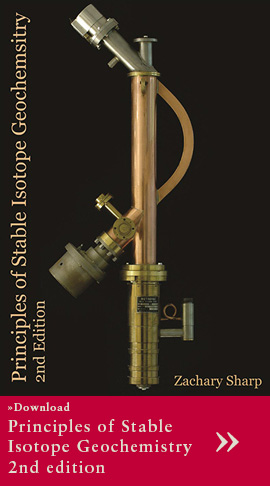In a nutrient limited desert ecosystem, Perognathus flavus (PGFV) utilize a variety of foraging strategies to partition these limited resources and maximize fitness. This research (1) quantified resource use within individual PGFV as either generalists or specialists and (2) calculated the density and distribution of these mice across our study area. Mice were trapped monthly from March to October, 2014, pit-tagged, sexed, aged, bled, and reproductive status determined. We used a Bayesian mixing model to estimate the proportion of assimilated carbon that was derived from C3 versus C4 primary production in plasma, offset by a trophic discrimination factor. Differences in δ13C and δ15N values among rodents and plant functional groups (C3 versus C4) were assessed using Tukey post hoc tests to adjust for multiple comparisons. We used Bayesian spatial metrics to quantify isotope variation temporally across the species as measured by standard ellipse areas in δ13C versus δ15N bivariate space. Variation in isotopic space can be linked to individual variation in diet (specialist versus generalist). δ15N values indicate the trophic breadth of the community while δ13C values represent foraging preferences. By analyzing 1,570 plasma samples with >60 individuals that were trapped and processed 4 or more times over the 8 month period, we were able to adequately quantify foraging strategies. Using the MARC mark-recapture program we calculated density and distribution across our study area.
Foraging strategies of Perognathus flavus (silky pocket mouse) in a nutrient limited desert ecosystem
Conference:
American Society of Mammalogy
Date:
June, 2015


